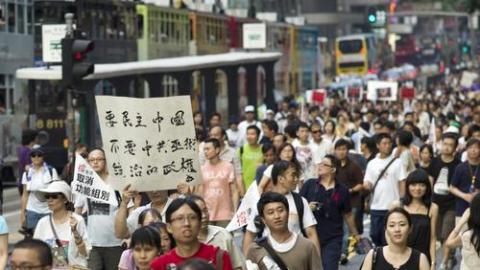China’s Revolutionary Stability

What’s the Latest Development?
In December, protests against government officials in China’s southern Guandong province brought tens of thousands of people into the streets, driving out party officials and police tasked with controlling the situation. But residents of the village of Wukan, where the protests occurred, were mindful to praise the national government while drawing attention to local injustices which typically involve the seizure and sale of farmland for development projects which benefit the personal fortunes of local officials.
What’s the Big Idea?
Many Chinese are outspoken about their distaste with local political leaders while being equally vocal in supporting Beijing’s communist party. Popular protests happen within the structure of the national political system and, for now, everyone’s interests are aligned in promoting economic growth. But China’s economy must change if it is to maintain such rapid expansion. Domestic consumption must share the burden of growth shouldered by decades of cheap exports. If that reform fails, protesters may be less reverent toward Beijing.
Photo credit: shutterstock.com





